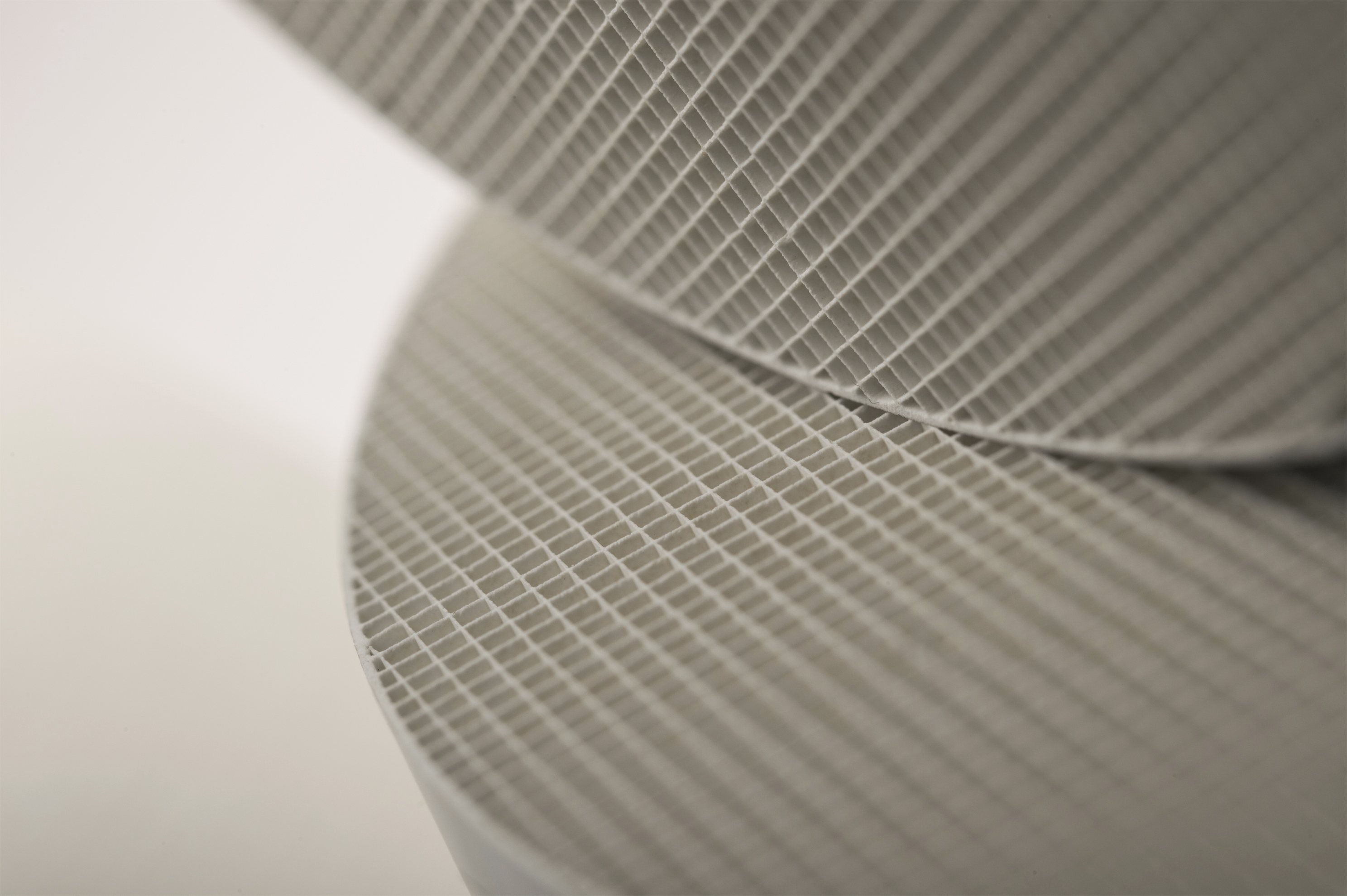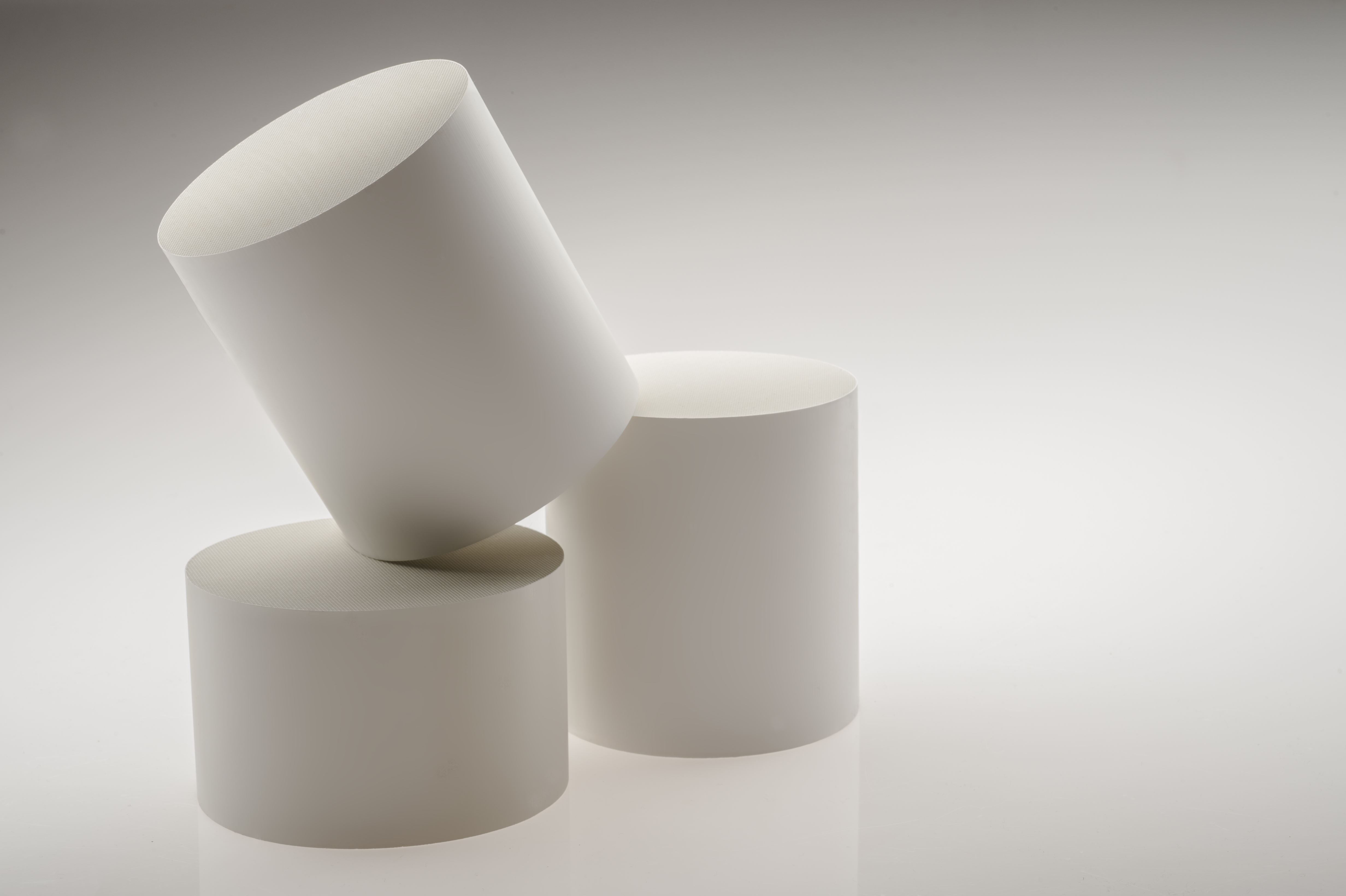Corning announces the introduction of Corning® FLORA™ 600/3 substrates, a next-generation ceramic product designed to reduce vehicle emissions at engine start. Honda Motor Company will equip select model year 2016 vehicles with the new technology to improve cold-start emissions performance.
Stringent new emissions regulations in the U.S. and Europe will require a substantial improvement in mobile emissions beginning in 2017. In gasoline vehicles, up to 70 percent of regulated emissions can occur during the first 30 seconds after engine start. Addressing these “cold-start” emissions is critical to meet the new standards.
FLORA™ substrates feature an optimized material microstructure to enable lower cold-start emissions and better fuel efficiency. The novel material reaches operating temperature quicker than standard substrates, so catalytic converters can clean exhaust emissions earlier without increased fuel or additional precious metal.
“Our FLORA substrate represents an important step forward for emissions control technology, and we are pleased to work with Honda to bring this innovation to market,” said Hal Nelson, vice president and general manager of Corning Environmental Technologies. “This new technology is another example of Corning’s material and process expertise at work to help create cleaner, healthier air in communities around the world.”
The substrates provide the flexibility to lower non-methane organic compound emissions, reduce precious metal use, and improve fuel efficiency. Both light-duty gasoline and diesel applications can benefit from FLORA™ substrates.
Corning will begin production of FLORA™ substrates in early 2015, and start shipping to Honda in time for model year 2016 platform builds. The substrates will be manufactured at Corning Environmental Technologies’ facility in Erwin, N.Y.
Source: Corning
Romain’s opinion:
Focusing on further improving the catalyst light-off properties is a short-term step according to me. I guess that the after-treatment system suppliers should focus on gasoline particulate filters and aldehydes and methane emissions after-treatment that will become the main issue in future gasoline engines with direct injection systems. By the way, in a far future, if electric vehicles dominate the market, what do you think the combustion engine after-treatment suppliers will do? Will it mean the end of their business?




















